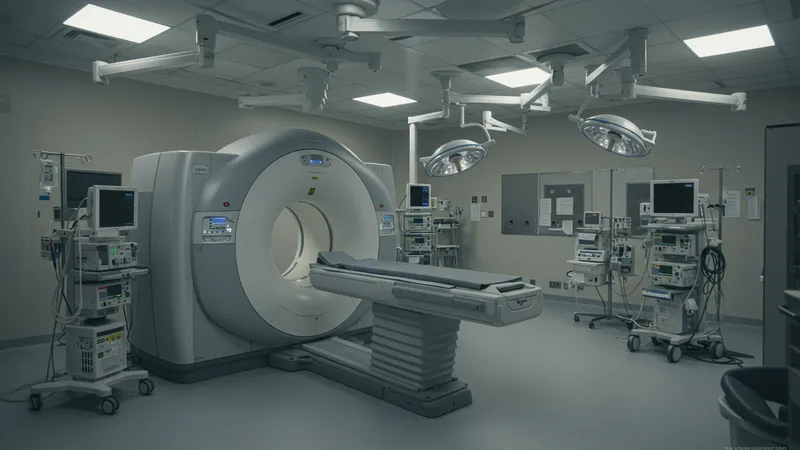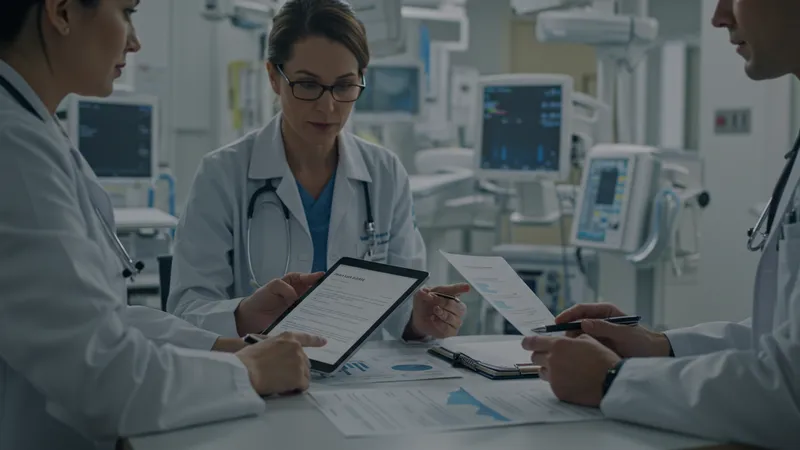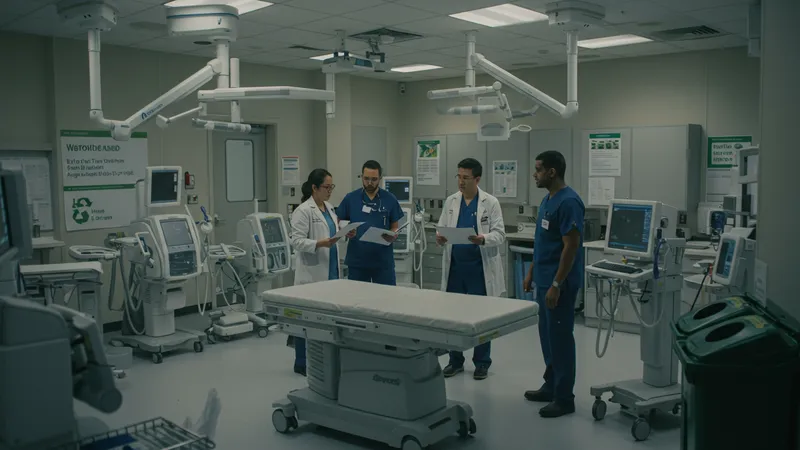

Across the healthcare sector, an integrated network that enables hospitals and clinics to access, share, and manage medical equipment through leasing arrangements is transforming resource allocation. This system allows multiple healthcare providers to efficiently lease advanced diagnostic devices, surgical instruments, and patient care machinery without the need for large upfront investments. By connecting medical facilities to a centralized network, the concept encourages flexibility, technological upgrades, and enhanced service delivery, ensuring state-of-the-art equipment is accessible when and where it’s needed most.
Instead of purchasing and maintaining costly tools independently, healthcare institutions tap into a collaborative system designed to optimize equipment utilization. With real-time inventory databases, scheduling logistics, and tailored contract options, these networks prioritize streamlined access, cost control, and continuous technology refresh cycles. They support both large hospitals with fluctuating patient volumes and smaller clinics seeking specialized devices for occasional procedures, creating a foundation for efficient resource sharing.

Leveraging such networks, hospitals and clinics can sidestep the financial strain of ownership while gaining timely access to premium tools. Advanced features like remote diagnostics and performance analytics, often bundled into leasing agreements, also enhance equipment uptime and patient care results.
Centralizing equipment management fosters more equitable healthcare delivery, especially in regions with diverse facility sizes and budgetary constraints. Smaller clinics benefit from the same cutting-edge technology as larger hospitals, leveling the playing field and ensuring that all patients receive optimal care regardless of their location or provider’s size.
Leasing networks typically offer customizable agreements ranging from short-term rentals to long-term partnerships. This flexibility allows facilities to adjust to patient demand spikes, technological advances, or budget changes without incurring obsolescence or maintenance headaches often associated with outright purchases.
Integration with hospital information systems and inventory platforms streamlines planning, scheduling, and reporting for all stakeholders involved. This level of oversight supports proactive equipment allocation, enabling strategic decisions that improve operational efficiency and patient satisfaction.
In summary, network-based medical equipment leasing is reinventing how care providers access and manage clinical technology. But how do these arrangements compare in terms of operational performance, cost-effectiveness, and adaptability? The deeper details reveal even more valuable insights ahead…
Within these networks, the variety of available medical devices is extensive, ranging from everyday essentials to specialized technology. Conventional diagnostic tools like MRI and CT scanners are among the most frequently leased, as their high costs and rapid advancement make ownership less appealing. This gives hospitals and clinics the ability to introduce or expand imaging services without significant capital allocation.

Beyond imaging, leasing networks often incorporate patient monitoring systems, anesthesia machines, and operating room tables. These tools are core to both routine and emergency care, allowing healthcare providers to expand capacity in response to seasonal fluctuations or unexpected increases in patient volume.
Laboratory and point-of-care testing technologies are also common choices for leasing, as rapid throughput and evolving testing modalities require continuous updates. Some networks even integrate robotic surgery systems or advanced endoscopy units, providing smaller clinics temporary access to complex tools that would otherwise be out of reach.
The diversity of available equipment ensures that facilities can match resources to their patient populations, case types, and specialty needs, maximizing clinical potential without assuming excess liability or maintenance burdens.
One of the most compelling advantages for healthcare providers participating in equipment leasing networks is predictable budgeting. By converting large capital expenditures into manageable operational payments, networks enable facilities to allocate funds more efficiently across other clinical and staffing priorities.

These arrangements also reduce the risks associated with technology obsolescence. As innovations emerge, leasing agreements often include options for upgrades or replacements, preventing facilities from being locked into outdated equipment that hampers clinical performance.
On the operational side, centralized leasing supports optimized maintenance and repair processes. Many network providers bundle servicing, parts replacement, and regular calibration into the agreement, easing the administrative and logistical burdens on busy hospital teams.
Collectively, these benefits not only improve the bottom line for clinics and hospitals but also maintain high device availability, which directly contributes to improved patient outcomes and overall experience.
Seamless integration with hospital information systems is a hallmark of effective equipment leasing networks. Through sophisticated IT platforms, leasing companies synchronize their inventories with providers’ needs, automating asset tracking and usage analytics for superior oversight.

These integrations facilitate smooth scheduling for device delivery, installation, and usage, minimizing equipment downtime and administrative backlogs. Real-time data reporting empowers facility managers to detect utilization trends, preempt maintenance issues, and make evidence-based decisions.
Additionally, equipment usage data collected through the network assists in demand forecasting, allowing networks to shift resources where they’re most needed. Over time, this leads to smarter procurement and better alignment with patient care demands.
For hospitals and clinics, secure data management remains a priority. Trusted networks ensure that all device and patient interaction data complies with privacy regulations, safeguarding sensitive information while leveraging analytics for continual improvement.
As healthcare evolves, participatory network models are driving broader access to innovation. Strategic considerations now include balancing in-house versus leased device portfolios based on patient case mix, technological pace, and reimbursement models. Facilities are analyzing their utilization patterns more closely, determining which devices to lease short-term versus those that justify longer commitments.

Sustainability is also gaining traction. Modern leasing networks encourage refurbishment and multi-user cycles for equipment, reducing environmental impact from excessive manufacturing and disposal. This not only benefits hospital budgets but aligns with growing institutional commitments to green practices.
Industry trends show rising interest in flexible leasing, especially for rapidly advancing technologies like hybrid imaging suites and telemedicine systems. Networks are refining contracts to offer even greater agility, supporting hospitals and clinics as they adapt to unforeseen healthcare challenges or population health surges.
Looking forward, medical equipment leasing networks are positioned to further personalize solutions, leveraging AI-powered analytics to predict needs and optimize allocation. As adoption grows, healthcare facilities of all types are expected to harness these networks to maximize clinical resources and deliver consistent, top-tier patient care.